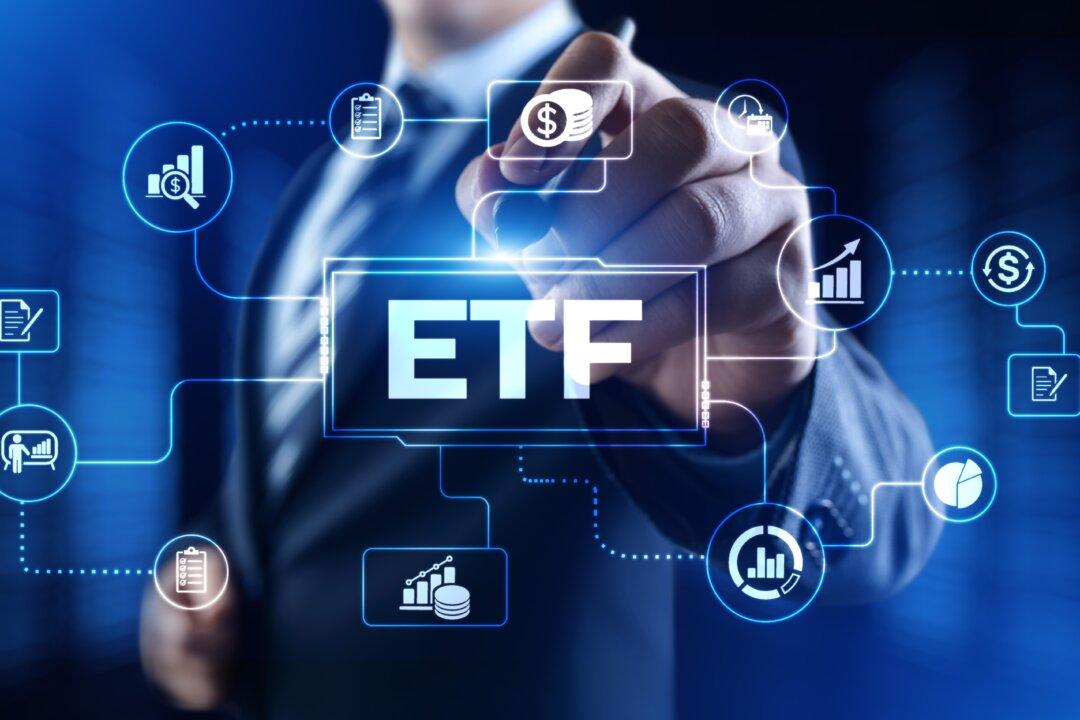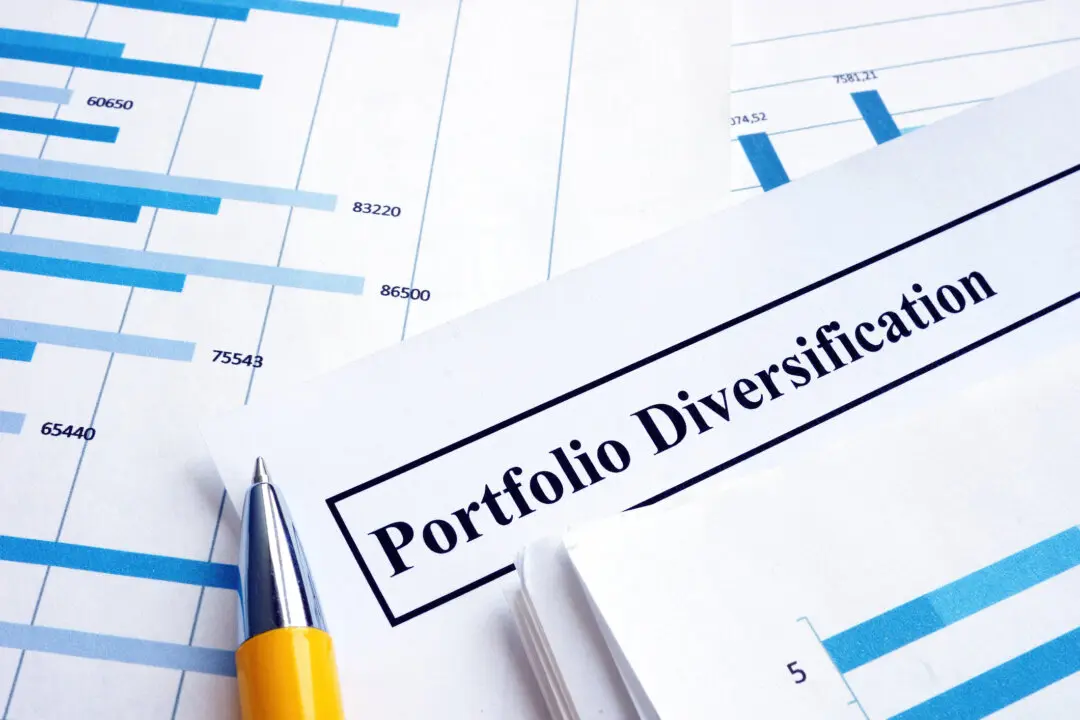By Anne Kates Smith
From Kiplinger’s Personal Finance
The exchange-traded fund industry is nothing if not innovative. And if you’ve got a strong appetite for risk and a very short outlook, a host of new Exchange-Traded Funds (ETFs) will allow you to make outsize bets, up or down, on some of the market’s most meme-worthy stocks.






